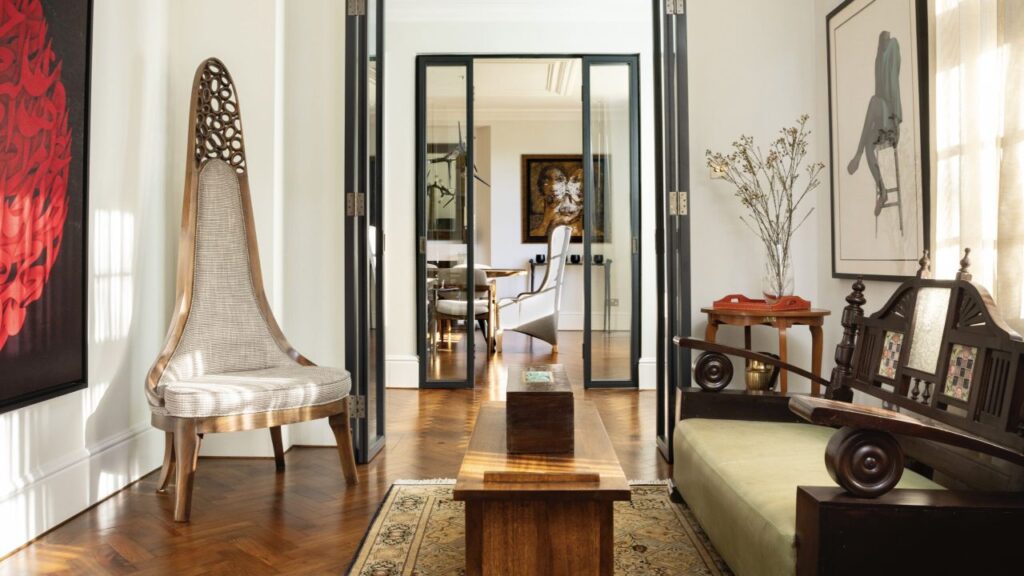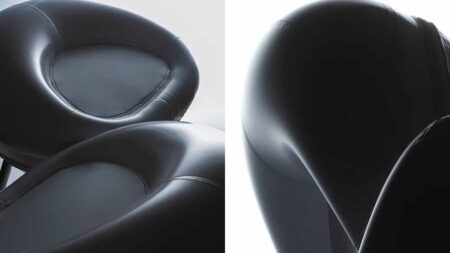Can an object be deeply functional and profoundly expressive at the same time? Can form and emotion take precedence over function? Can the principle of “form follows function” even be a matter of debate? Well, if you were lucky enough to walk the galleries of recently culminated NYCxDesign Week or the artisan showcases of London Craft Week, you would have got the answers to these questions.
Traditionally, we live in a world where objects are generally defined by their utility. However, a new wave of designers is challenging the status quo, crafting furniture that defies categorization. What was once a clear distinction, art for contemplation and furniture for use, is now a fertile middle ground where creativity thrives.
New York and London, recently hosted their respective design and craft fairs that spotlighted a common question: Can sculptural furniture blur the line between art and design? London Craft Week and NYCxDesign Week have become platforms for exploring how craftsmanship can be embedded into objects we live with every day. I caught up with designers on both ends of the Atlantic to know their thoughts on how sculptural furniture is blurring the boundaries between art and design.
For Anastassiya Grinina, Art Director at NM Art & Design, the impulse toward sculptural furniture is a deeply emotional one. “What begins as sculpture may end as furniture or vice versa,” she says and adds, “At NM Art & Design, we often see how an inner impulse, a quiet emotion, takes shape before function is even considered. These pieces are born from reflection and touch, and only later invite use.”
This philosophy came to life in the gallery’s exhibition Touched, presented at No. 9 Cork Street during London Craft Week 2025. The show featured works shaped slowly by hand, designed to be both felt and contemplated. “They exist between categories, where presence speaks louder than purpose, and the line between art and design gently dissolves. These pieces invite touch and reflection, prioritizing emotional resonance over conventional use,” Grinina notes.
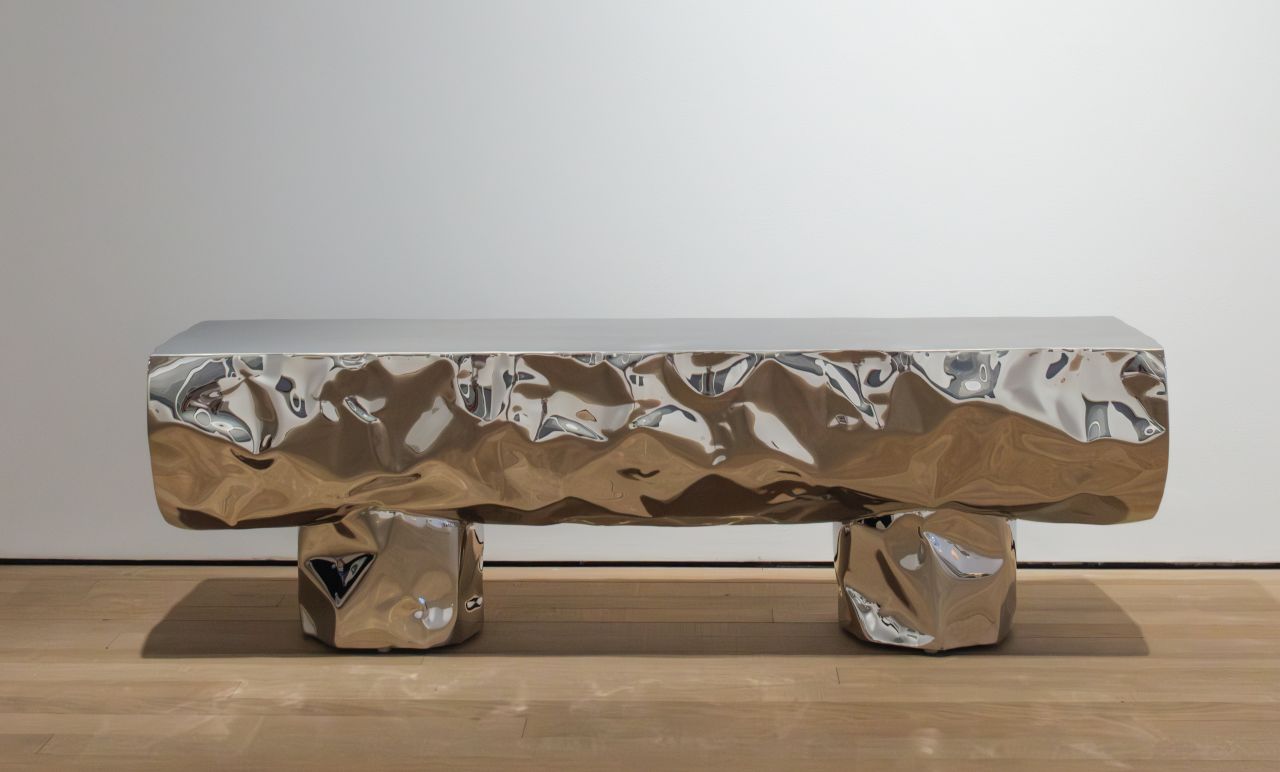
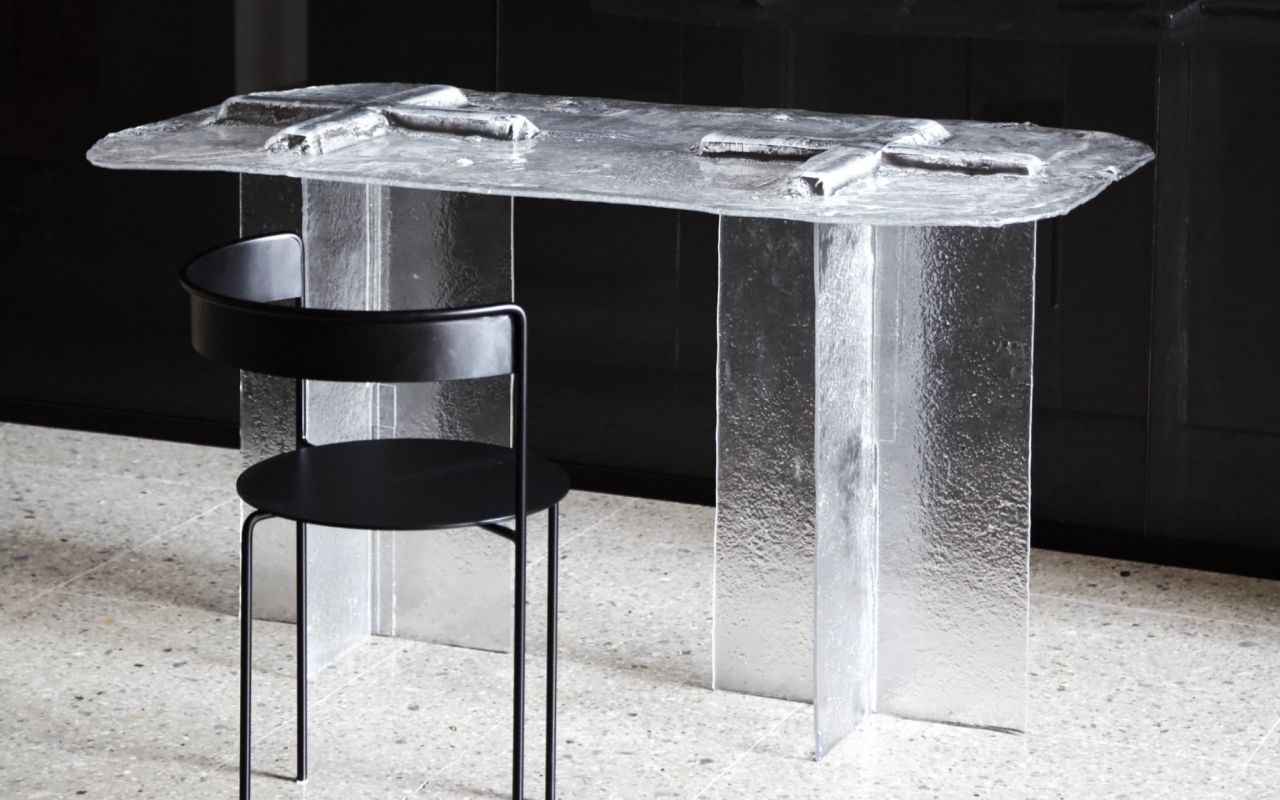
Renowned designer Bodo Sperlein, participating in London Design Week, emphasizes the artisanal soul of sculptural furniture. “At my studio, I believe sculptural furniture should transcend mere function, becoming a form of artistic expression.” His works are dialogues between material, form, and craftsmanship, designed to evoke emotion and provoke thought. Sperlein praises events like London Craft Week for celebrating this intersection: “It’s where design gains soul and a timeless presence.” His pieces underscore the value of the creative process, offering furniture that feels alive with intention and history.
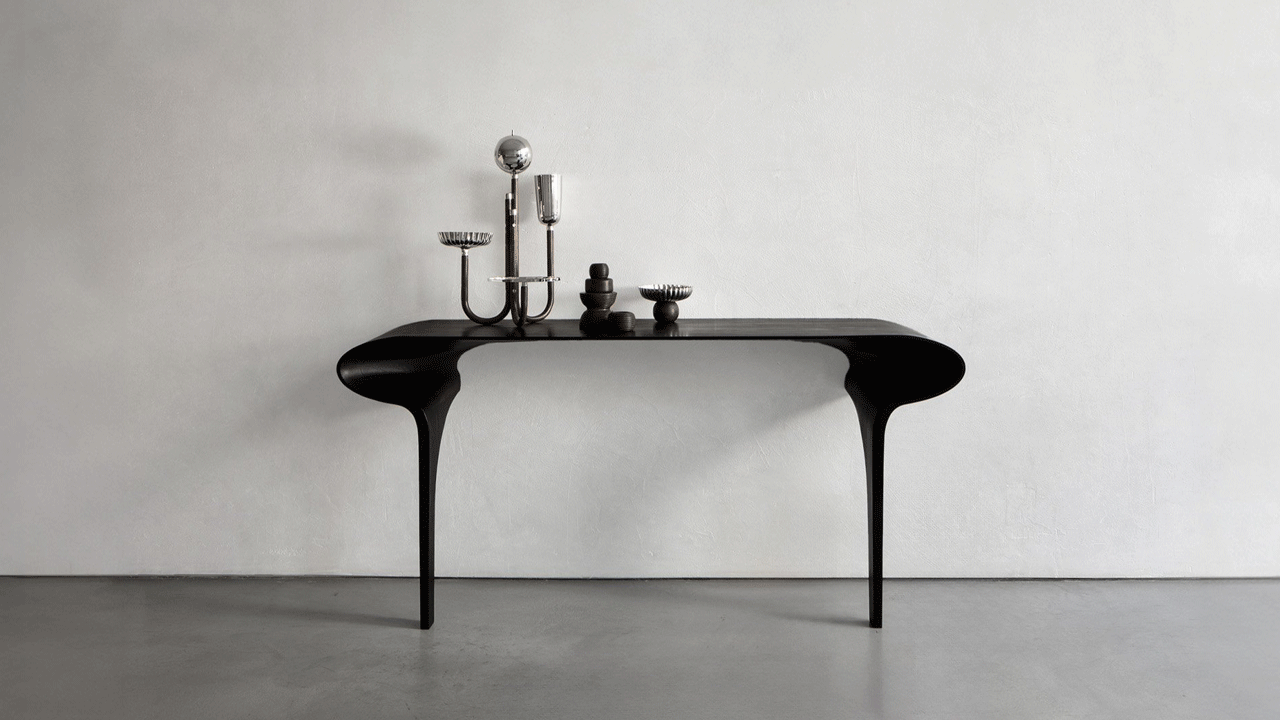
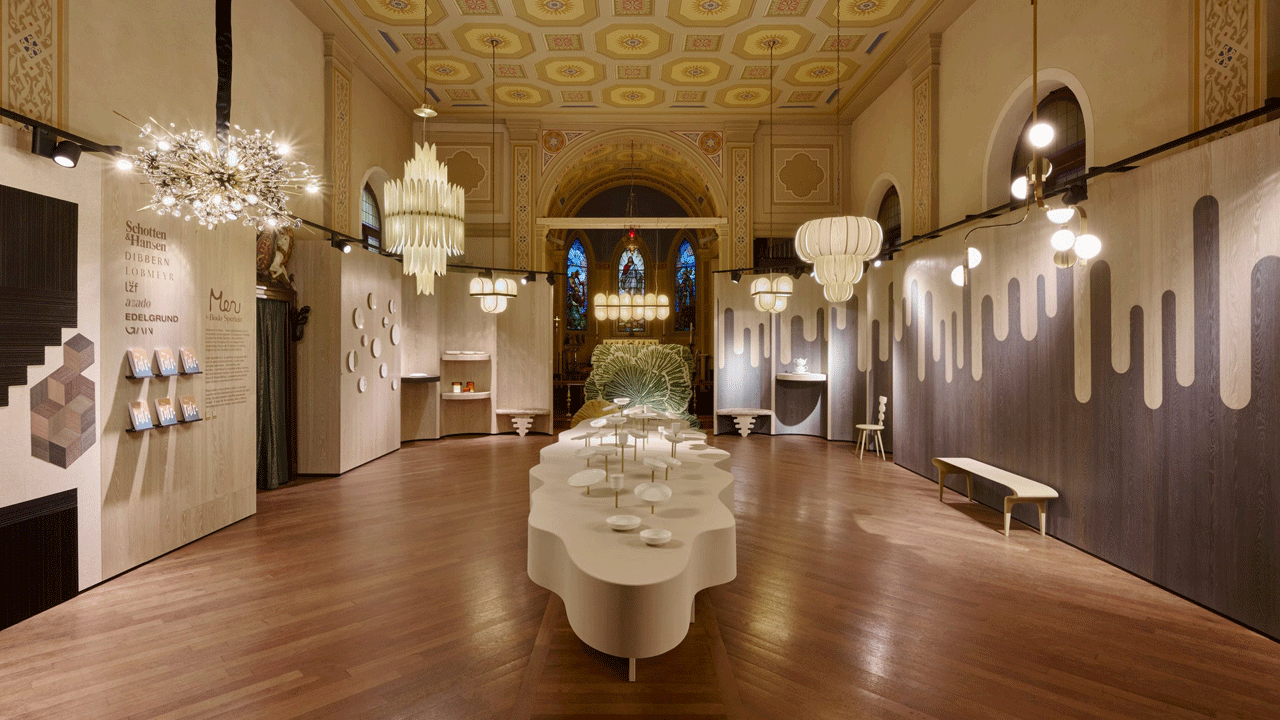
Designers across the Atlantic seem to share the same emotions. For noknok Studio’s Eika Weber, whose studio debuted new works at both Milan Design Week and NYCxDesign, sculptural furniture is about more than aesthetics; it’s about connection. “noknok stands out for its joyful, sculptural approach to furniture, where every piece carries a story,” she explains. “Pushing beyond function, the studio shapes expressive gestures, curves, and lines that draw people in and invite connection.” Unlike static artworks, Weber’s creations are meant to be lived with. “They’re touched, moved, and used over time,” she says, “forging intimate bonds between people and the objects they choose to surround themselves with.”
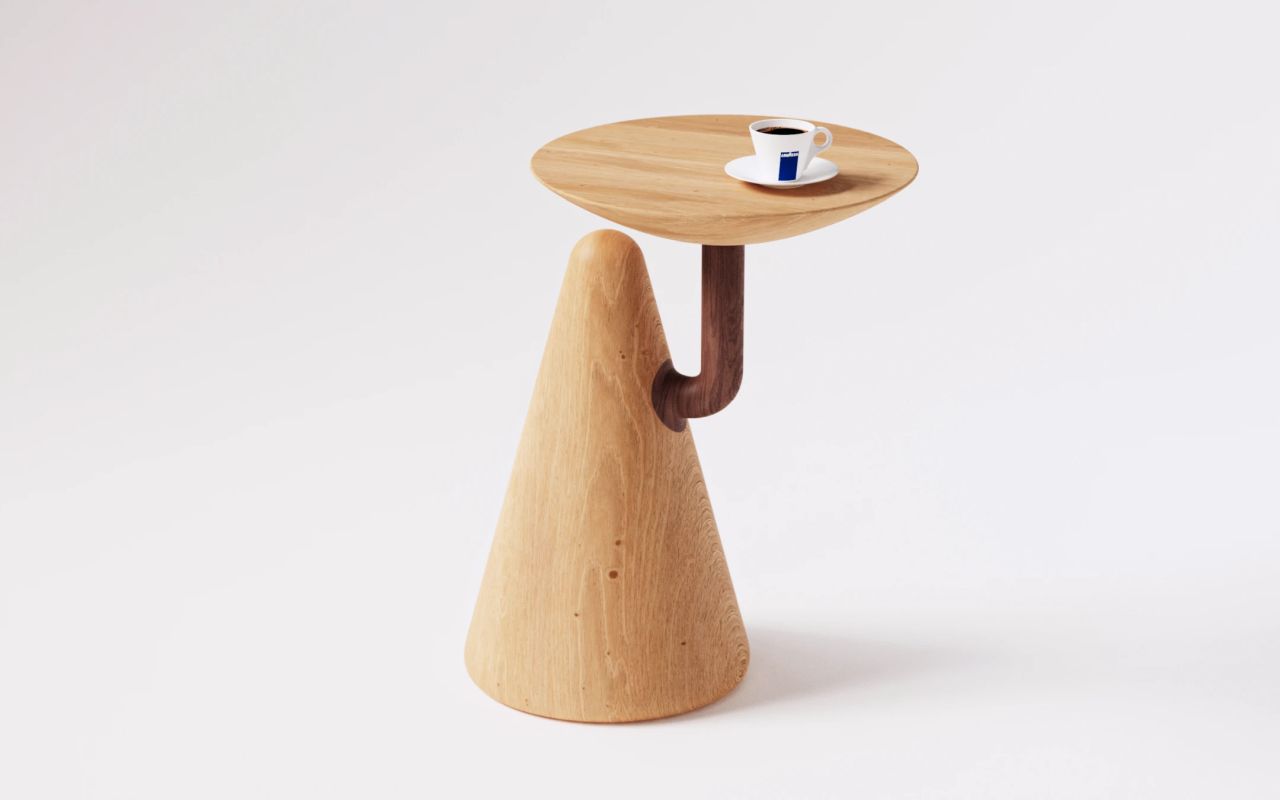
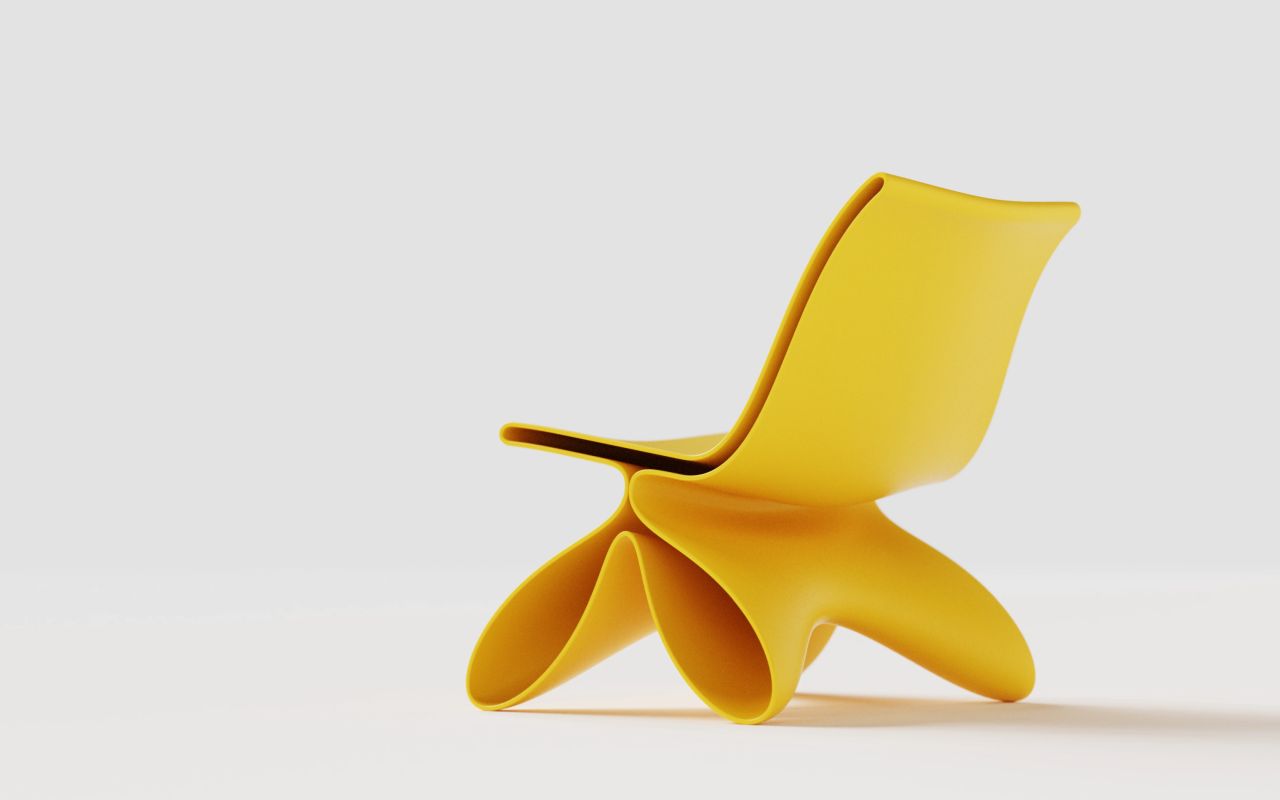
Another exhibitor, Monica Curial, who showcased her work at NYCxDesign Week’s Outside/In exhibition, sees sculptural furniture as a medium for cultural expression. “These works operate as cultural expressions,” she says. “Designers like myself are challenging perception through materiality, form, and craft to explore identity and memory.” For Curial, this evolving category invites viewers to think differently: “Furniture is no longer just functional. It’s art, rich with intention, personal narrative, and the power to communicate beyond use.”
Los Angeles-based studio Soft-Geometry brings a storytelling dimension to the trend. Their Long-Haired Sconces, unveiled at NYCxDesign 2025’s OUTSIDE/IN exhibition, transform personal memories into functional art. Inspired by the rituals of hair braiding, Sunday afternoons of care, and Monday mornings of discipline, the sconces are “sculptural lighted portraits,” existing between object and body. Each features a hand-blown glass orb crowned with braids cast in a sustainable hemp-lime composite, a material reimagined from architecture to an intimate scale. “It’s not functional necessity that inspires how we wear our hair, it’s expression, identity, and heritage. The sconces carry that same impulse,” the studio explains.
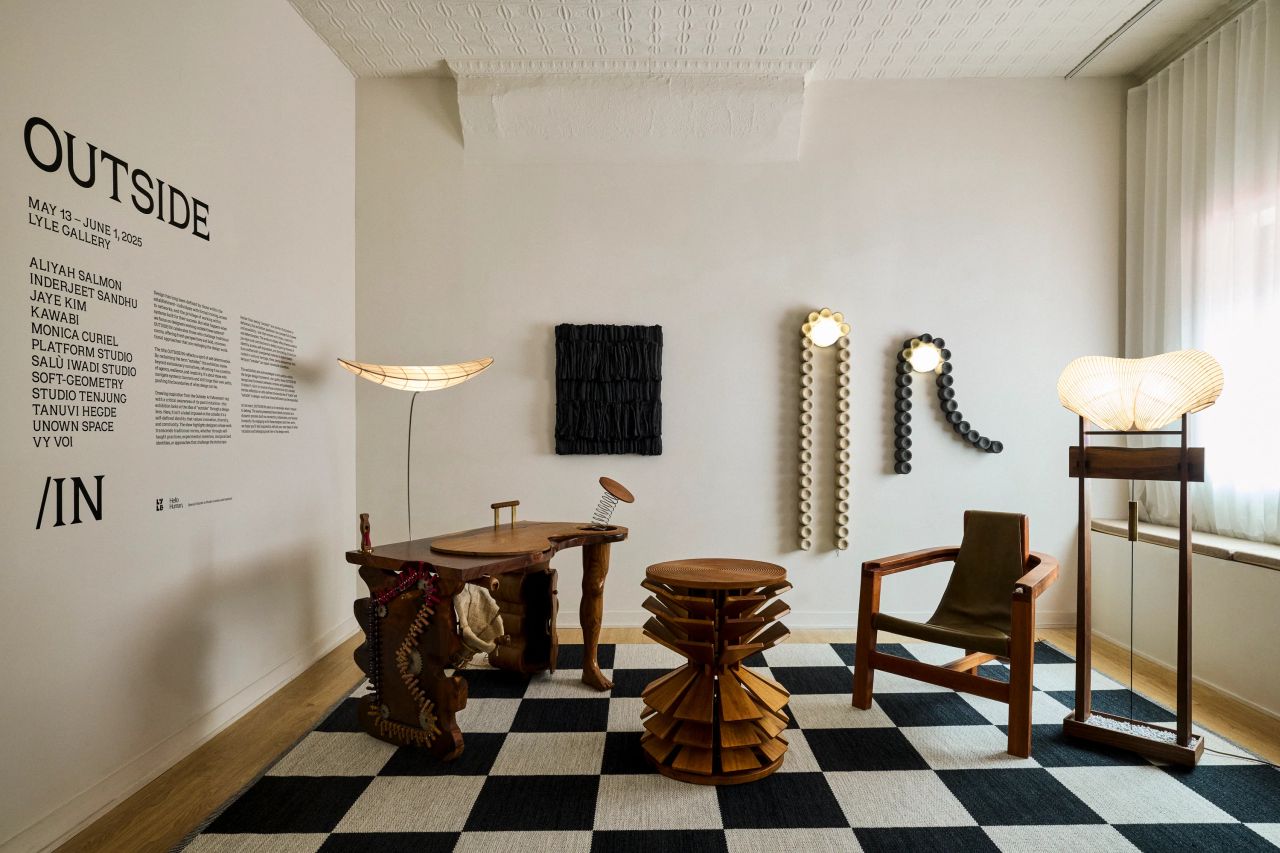
The rise of sculptural furniture/lighting reflects a broader cultural shift toward valuing individuality and meaning in our environments. These pieces challenge the traditional dichotomy of art versus design, proving that an object can be both deeply functional and profoundly expressive. Whether it’s Grinina’s tactile explorations at London Craft Week, Curiel’s cultural narratives at NYCxDesign, Sperlein’s soulful craftsmanship, or noknok’s and Soft-Geometry’s joyful storytelling, these designers are redefining what furniture can be.
Follow Homecrux on Google News!
